I have news for you. All mammals make cheese inside of their stomachs.
Yes, that’s right! It is part of a natural digestive process developed in response to millions of years of evolutionary pressures to ensure infant mammals derive nutrition from their mother’s milk in the safest and most nourishing way possible. To achieve this, we mammals produce enzymes that help promote digestion and provide the opportunity for the milk to ferment by relying on the bacteria naturally present in the raw milk. This is true for goats, for mice, for cows and, yes, even for us humans!
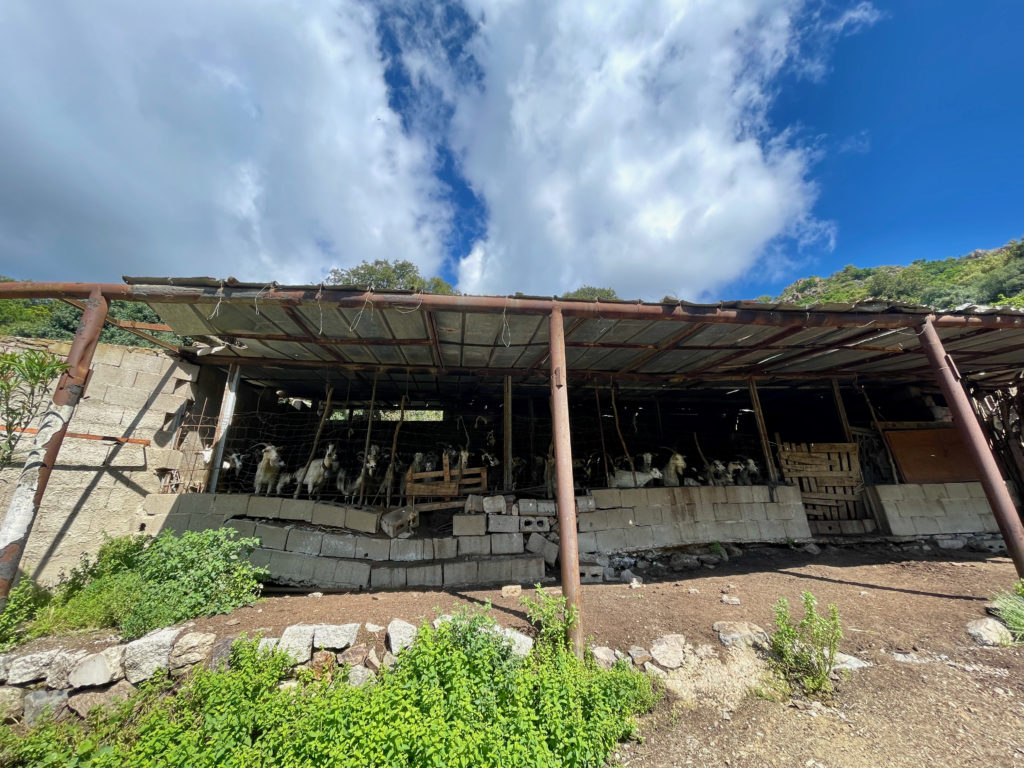
When we mammals are weaned off of our mothers, we all lose many of the abilities we possess as infants to properly digest milk. But, beginning over 7,000 years ago, ingenious humans in some parts of the world figured out how to overcome their adult digestive limitations and replicate the same process outside of their bodies. In other words, they started making cheese!
Traditional cheese makers are true artisans
Through the nuances they manage by controlling different variables such as curd size, temperature, time, and humidity, they transform the same three basic ingredients, raw milk, rennet and salt, into the vast array of different cheeses around the world. But, at its core, cheesemaking is as simple as creating the opportunity for high quality raw dairy to ferment using its own bacteria and create a curd using the enzyme present in the stomach of unweaned animals. And, that’s exactly what we did!
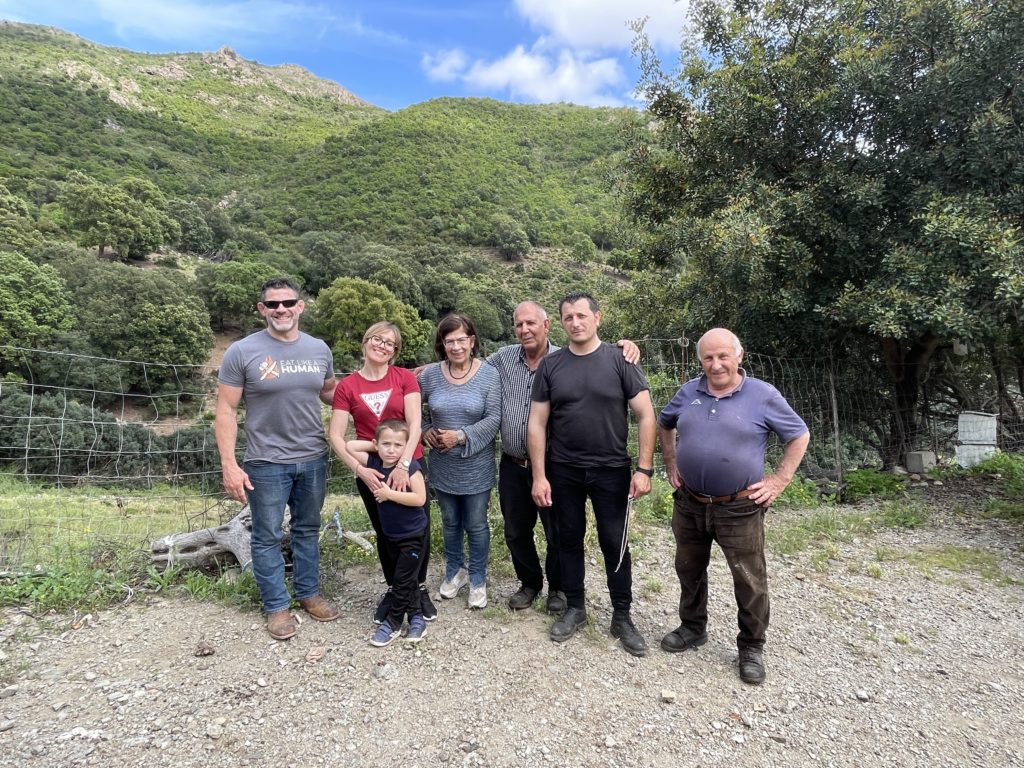
Learning the art of Callu di cabrettu in Sardinia
Thanks to food historian, Gisella Rubiu who set up the experience and thanks to Delia, our translator, Christina and I participated in the production of callu di cabrettu in the mountains of Sardinia surrounding Villagrande with shepherds Salvatore, Giovanni and Andrea. Callu di cabrettu is the most rudimentary form of cheesemaking in the world. It epitomizes the powerful simplicity of traditional cheesemaking and its relevance to how dairy can be a nourishing part of our diets. Creating this cheese was one of the most connective food experiences we ever had together. It was sensual, visceral and powerful. Nothing was hidden from us during the production of this cheese and we experienced it using every single one of our senses – from the quick death of the goat to the extraction of the stomach still swollen with milk from its last feeding to slicing open and sampling the finished product.
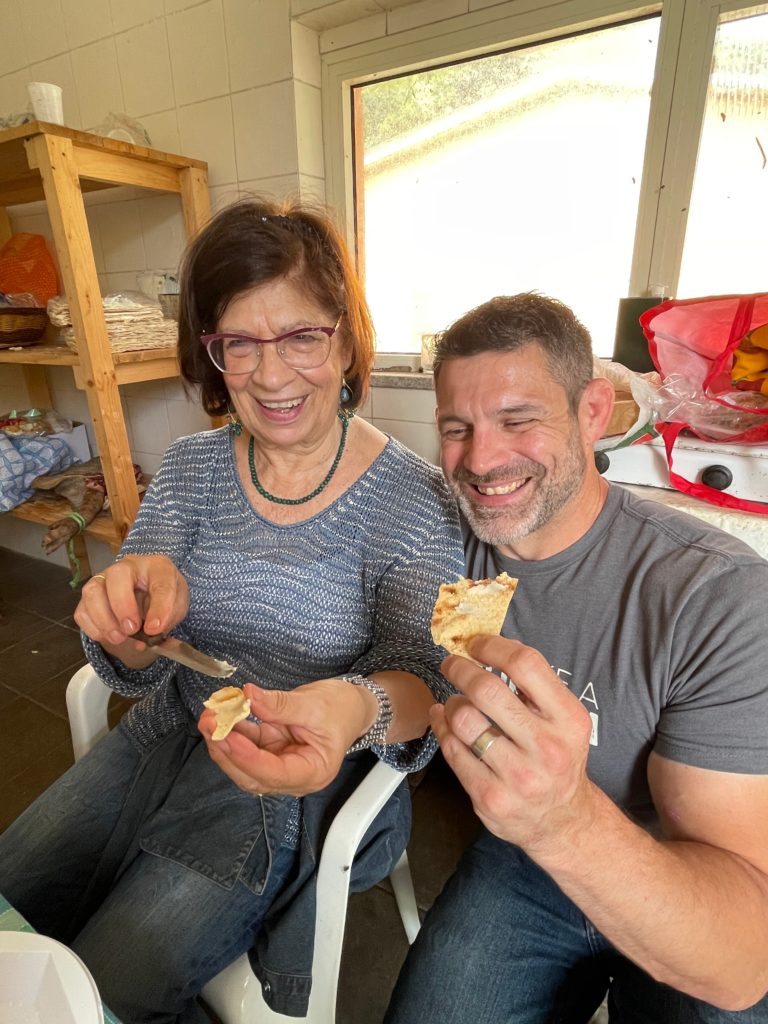
The beauty was in its simplicity
After Giovanni deftly slaughtered an unweaned goat with a well trained hand (selecting an unweaned goat was essential to ensure the enzyme, chymosin was still present) he bled it, skinned it, and removed it’s stomach without puncturing it. The stomach, still full of milk, was then simply hung in a corner of shed to allow the natural digestive processes to work their magic.
And, that’s it.
Giovanni explained to me that some shepherds take the extra step to empty the contents of the stomach through a filter to strain out anything the goat may have consumed other than milk such as hair or bits of plant matter, and then return the strained milk to the stomach to ferment and age. Others, such as our shepherds, decide not to fuss at all. Another variation is to add additional milk before handing if the stomach does not already contain enough to increase the yield.
Over the minimum two weeks that the stomach hangs all of these natural processes transform the milk into cheese, a safer more nourishing food for our inadequate adult human digestive tracts. The chymosin enzymes denature the proteins and sets the curd, the lipase enzymes break down the lipids (fats), the lactase enzymes break down the sugars (lactase), and the live bacteria present in the milk ferment. All of these natural processes also create something that looks, feels, smells and tastes different.








Cheese is a completely different food than milk in every way
Especially this one. Very, very different!
After we we were finished with the goat, Gisella pulled out a finished callu di cabretto she brought with her for us to try. It looked the same as the stomach we had just hung, just drier, firmer, and slightly smaller due to the dehydration that took place over the few weeks since it was first hung.
When we cut into it, there was no question that it had transformed into something else entirely. The smell was strong, like a very old provolone, and the texture was creamy, sort of like a yellowish cream cheese. But it wasn’t until we followed directions, spread some of the contents on a piece of pistoccu (traditional Sardinian flat bread), and ate it that we realized how incredibly intense the flavor truly was.




Sensual. Visceral. Powerful.
The very same words I used to describe the experience of making callu di cabrettu are also the perfect words to capture the flavor. The flavor was strong. Incredibly strong. It is hard to describe, but it is as if the one single bite of this cheese contained, simultaneously, all of the flavors of all of my favorite cheeses from around the world – just kicked up a thousand notches. It was so strong that neither Christina nor I needed a lot, but we both realized the value of what we just ate and what sharing it with Gisella, Delia, and the shepherds really meant. And, just as importantly, we had just participated in an ancient process that our ancestors, over 7,000 years ago, most likely used to create the very first cheese!
There are some simple truths we have come to realize about cheese:
- Traditional cheeses and fermented dairy made with high quality raw milk, transformed through fermentation and enzymatic activity are the safest, most nourishing and delicious ways to consume dairy
- Traditional cheeses and fermented dairy are completely different foods than milk. They are safer, healthier, more nourishing and more delicious than milk. Yes, that even includes raw milk (which, itself, is more nourishing than pasteurized and homogenized milk)
- Traditional cheeses are completely different foods than the multitude of cheese-like products created through the modern industrial food system. Imposters include everything from American cheese to mozzarella made with vinegar or citric acid.
- Real, traditional cheeses can absolutely be a part of a healthy human diet. They have the ability to meet our biological needs because they are safe and nourishing, and our emotional needs because they are delicious and satiating. Moreover, because of their very nature, traditional cheeses make the world a little smaller by conveying inherent cultural meaning from the people who produce them.
So, go ahead an enjoy that cheese.
And, don’t feel guilty about it. Just make sure it is the highest quality cheese you can possibly get!
And, if you are wondering what happened to the rest of that goat after preparing the callu di cabrettu? Well, stay tuned for next week’s blog post. Let’s just say using the stomach was just the beginning!
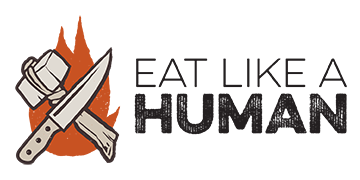
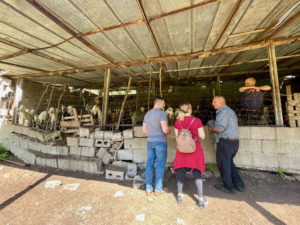
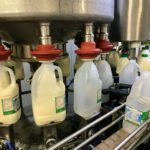

 Scrapple – a Bone Broth Offal Bomb
Scrapple – a Bone Broth Offal Bomb
Leave a Reply